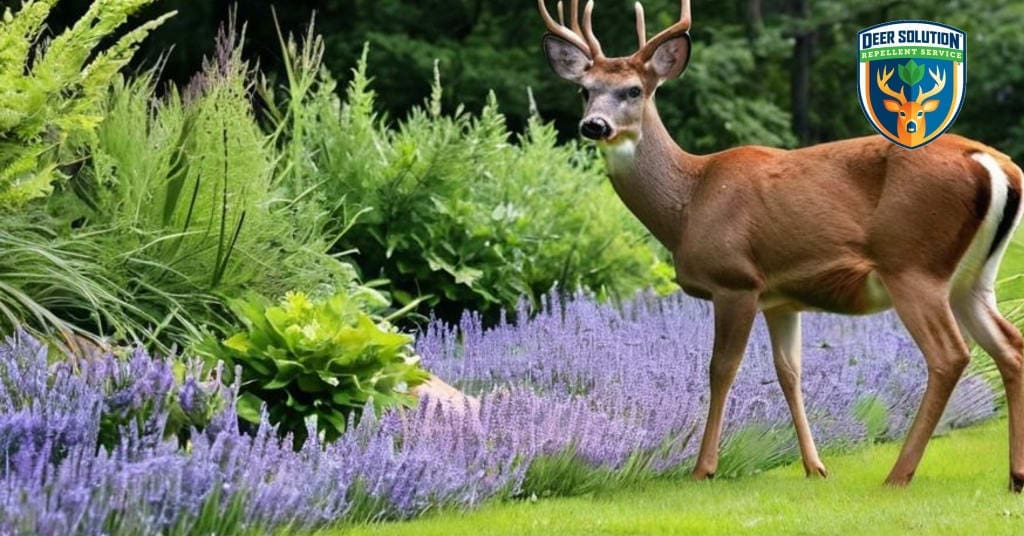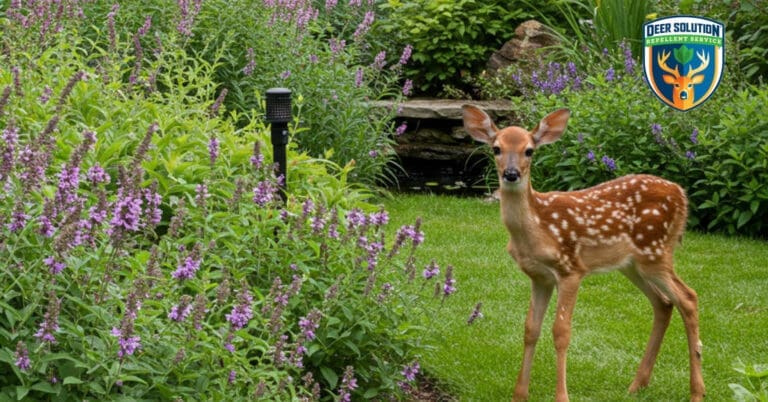Wild Bergamots, commonly known as Bee Balms, are a gardener’s delight with their vibrant flowers and refreshing minty fragrance. Native to North America, these aromatic perennials are as functional as they are beautiful, playing a vital role in supporting ecosystems and enhancing garden designs. But do deer eat Wild Bergamots? Let’s explore how these plants bring color, life, and resilience to your garden while naturally discouraging deer browsing.
Natural Defenses: Wild Bergamots and Deer Resistance
One of Wild Bergamots’ standout features is their natural defenses. Their minty aroma, derived from essential oils, and their slightly coarse foliage often make them less appealing to deer and other browsing wildlife. However, deer behavior can vary depending on factors like food scarcity and regional pressures.
To bolster your garden’s defenses, consider pairing Wild Bergamots with other deer-resistant plants such as lavender, sage, or thyme. This layered approach not only enhances your garden’s resilience but also creates a visually dynamic and aromatic landscape.
Thriving Ecosystems: Pollinators and Beyond
Wild Bergamots are a lifeline for pollinators, particularly during late summer when other nectar sources are scarce. Their tubular flowers are perfectly designed for hummingbirds, bees, and butterflies, including monarchs during their migration.
Beyond supporting pollinators, Wild Bergamots attract predatory insects like ladybugs and lacewings, which help control garden pests. This natural pest management approach aligns with eco-friendly gardening principles, reducing the need for chemical interventions.
Deep Roots and Big Benefits: Soil Stability and Erosion Control
With their extensive root systems, Wild Bergamots excel at stabilizing soil on slopes and erosion-prone areas. Their ability to improve soil structure and retain water makes them ideal for challenging conditions, such as sandy soils or rain gardens.
In coastal or rocky terrains, Wild Bergamots thrive by adapting to harsh environments while preventing soil loss. Incorporating them into sustainable garden designs not only protects your landscape but also contributes to healthier ecosystems.
Companion Planting: Function Meets Aesthetics
Wild Bergamots shine in companion planting schemes, offering both practical and aesthetic benefits. Their pest-repellent qualities protect nearby vegetables like tomatoes and peppers, while their bold blooms complement herbs such as basil and oregano.
For a visually stunning garden, pair Wild Bergamots with Coneflowers, Black-eyed Susans, and ornamental grasses. This combination creates a layered, pollinator-friendly landscape that blends functionality with beauty.
Seasonal Care and Climate Adaptation
Caring for Wild Bergamots is straightforward, with a few seasonal considerations. In colder regions, plant them in spring after the last frost to give their roots time to establish. In warmer climates, fall planting allows them to benefit from cooler weather and natural rainfall.
Regular pruning encourages bushier growth and prolongs the blooming period, while deadheading spent flowers prevents overcrowding. Mulching around the base helps conserve moisture and regulate soil temperature, particularly in arid regions.
Folklore and History: Wild Bergamots’ Cultural Legacy
Wild Bergamots have a storied history in Native American culture, where they were used to brew teas for colds and poultices for wounds. European settlers adopted these practices, integrating Wild Bergamots into herbal medicine and traditional remedies.
In folklore, these plants symbolize protection and healing. Stories passed through generations speak of their ability to ward off evil spirits, adding a mystical dimension to their enduring appeal. Today, this cultural legacy inspires gardeners to view Wild Bergamots as symbols of resilience and renewal.
Thriving Gardens with Wild Bergamots
Do deer eat Wild Bergamots? While these aromatic plants are less appealing to deer, their ecological, aesthetic, and practical benefits make them a standout choice for any garden. From supporting pollinators to stabilizing soil, Wild Bergamots are a versatile addition to sustainable landscapes.
For gardeners facing persistent deer challenges, Deer Solution offers eco-friendly strategies to protect your plants while respecting local ecosystems. By pairing thoughtful plant choices like Wild Bergamots with professional guidance, you can create a thriving garden that balances beauty, sustainability, and coexistence with wildlife.











